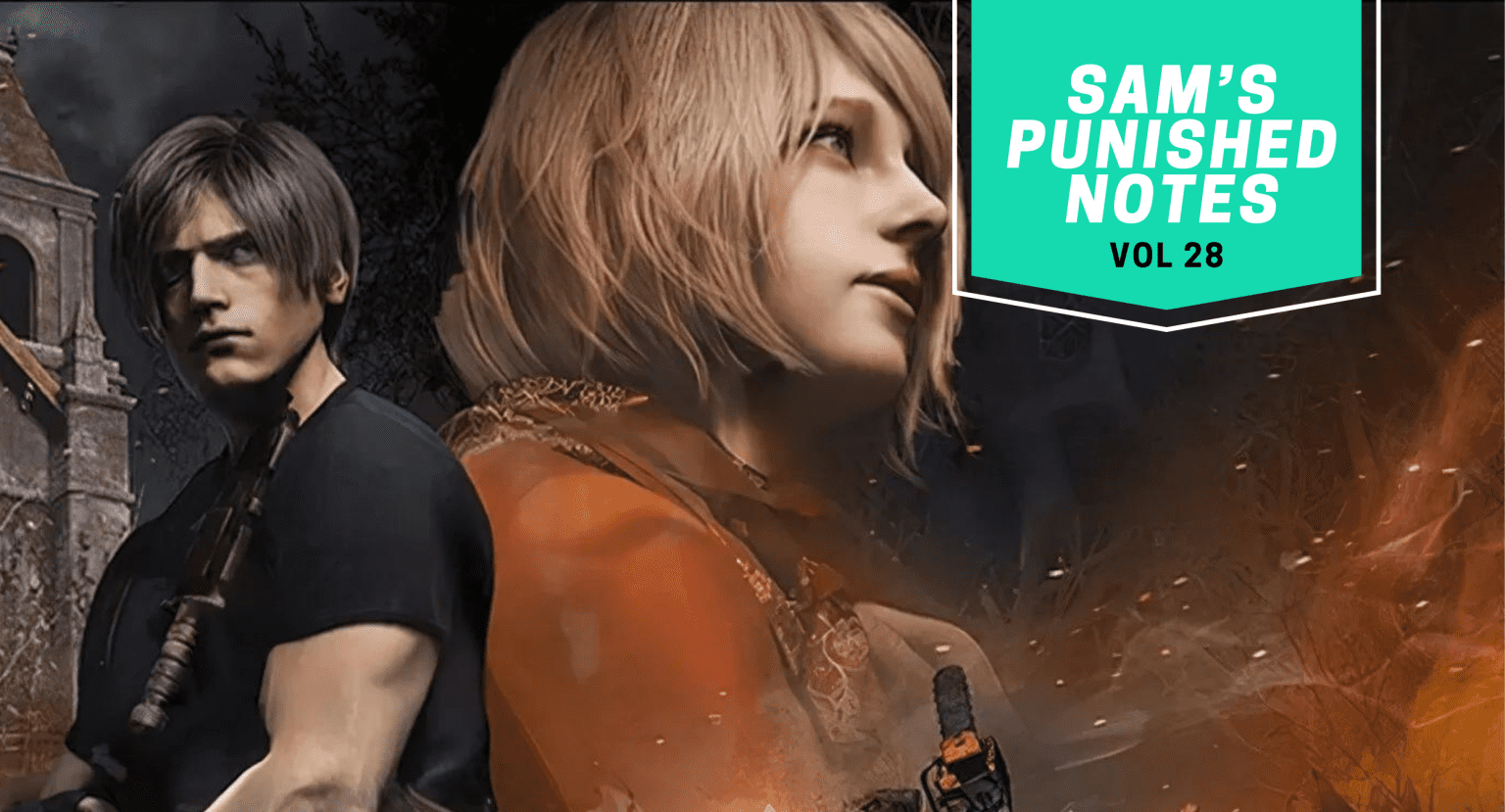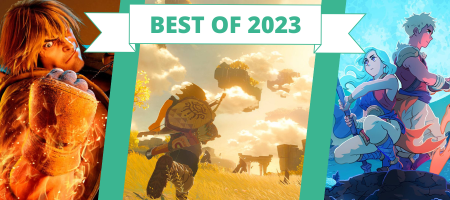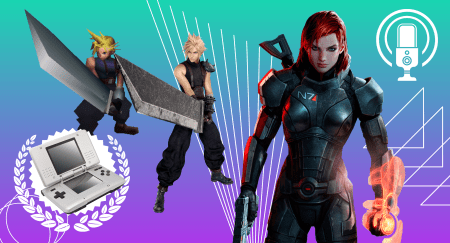Welcome back to Punished Notes, where I share a number of gaming thoughts I need to express (just in fewer words)! In Volume 28, I’ll go over a couple of notable remakes, a sports title’s novel approach to history, a rundown of notable DS games, and even a bit on that new video game movie everybody’s excited about.
The Resident Evil 4 Remake Proved Me Wrong
Video game remakes can be a tricky thing for me to discuss. As this site’s Old Games Guy and a champion for preservation, I’m often worried by the trend of big publishers frequently releasing remakes or remasters of classic titles, especially if the original versions aren’t easy to obtain on modern platforms.
While I understand the desire for updated versions of older games that might not hold up to modern standards, a successful remake could potentially erase or overtake the original’s legacy—thus further separating us from gaming history. As much as I love remakes of Link’s Awakening or Tony Hawk’s Pro Skater, I lament the medium’s collective inability to make older, original content easily available, and remakes often feel like a way to replace the past rather than celebrate it.
“Remakes often feel like a way to replace the past rather than celebrate it.”
Resident Evil 4 was one of my favorite titles of the GameCube era, and one I’ve always believed (mostly) stands the test of time. Because of this, I was initially skeptical of Capcom’s recent remake, which feels more like a full reimagining of the original rather than a frame-by-frame copy with improved visuals and controls (e.g., Metroid Prime Remastered).
At first, I felt another version of RE4 was at best unnecessary and at worst an attempt to push one of Capcom’s finest works to the side in favor of a new injection of cash. Of course, I fell victim to the hype cycle as soon as the Chainsaw Demo came out, and decided I would play this newer version anyway, despite my concerns.
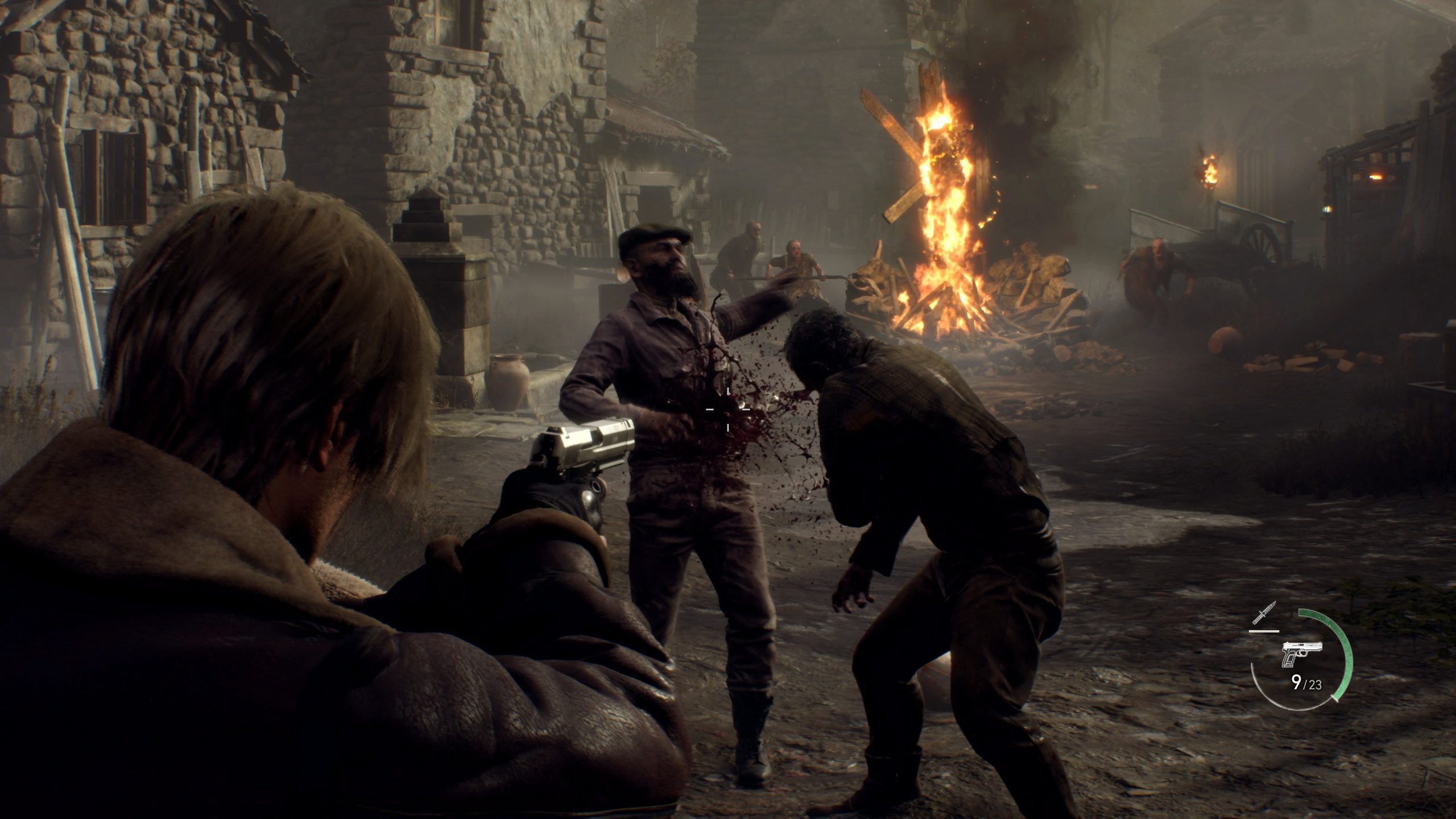
Holy moly, was I wrong!
The latest Resident Evil 4 (which I’ll refer to as RE4make as shorthand) absolutely blew me away. The visuals are stunning and breathe new life into even the most familiar locales, and the overhauled world architecture was so impressive I often wasn’t sure if certain sequences existed in the original. The overhauled control scheme and combat systems make enemy encounters feel just as chaotic and exhilarating as in RE4 classic, but with completely new movements and tactical opportunities. (The parrying system in and of itself makes RE4make worth it.)
Meanwhile, the updated script and character designs add new layers of gravity to the plot while maintaining a delicate balance between so-called “prestige” sensibilities and the campiness of the 2005 release. Plus, Kota Suzuki’s epic score makes each boss battle more engaging than ever before.
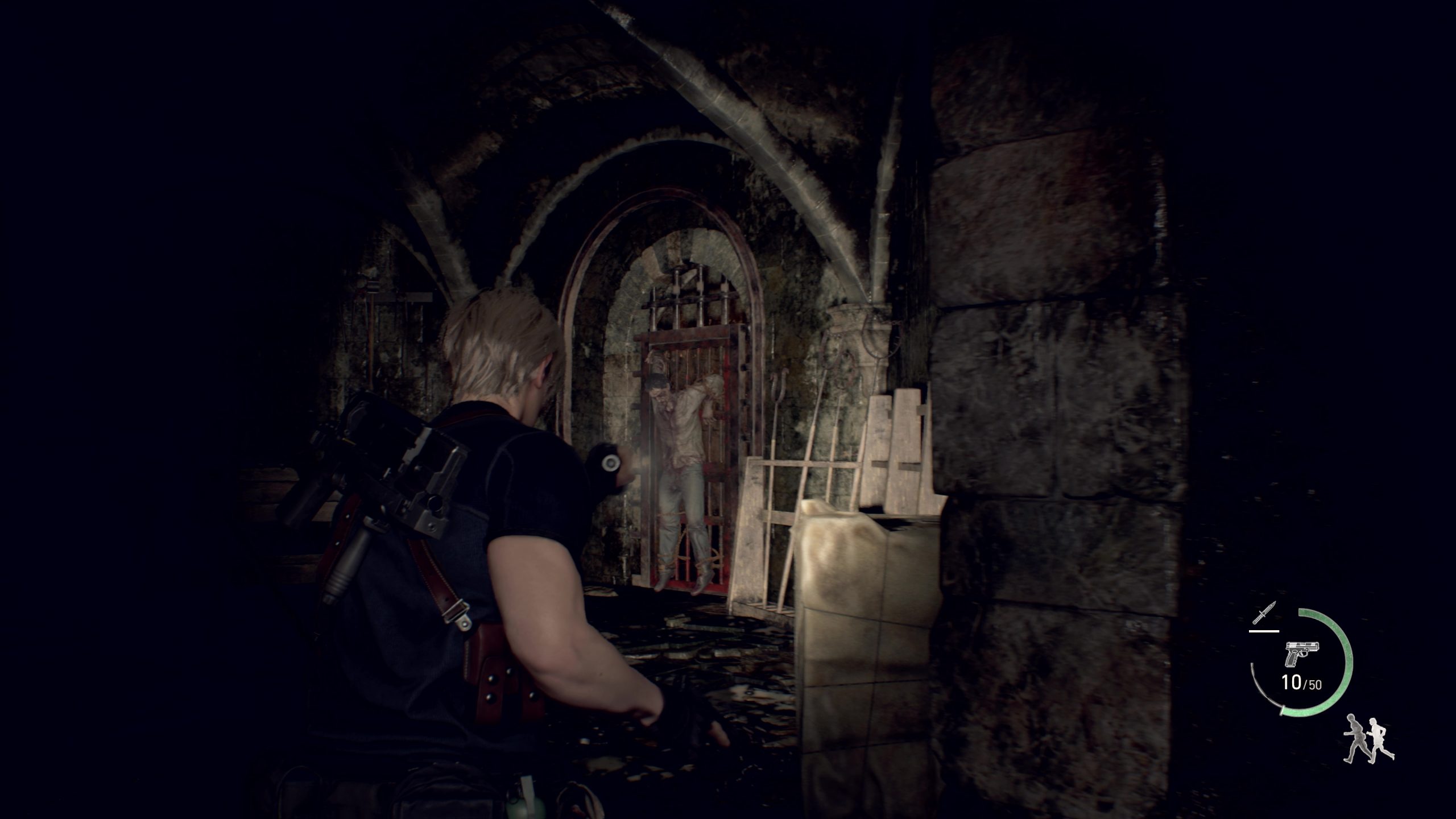
Sure, most of the elements of RE4 classic still exist in RE4make: the creepy merchant, chicken eggs, briefcase Tetris, shooting galleries, Leon’s incredible one-liners. But the remake presents plenty of new ideas beyond basic mechanics that make familiar story beats feel fresh, such as the addition of optional side quests (which often ask the player to backtrack a little), stealth mechanics, breakable knives, and bullet crafting.
Playing through RE4make felt a lot like playing a brand-new video game, even though I knew every step of the way that it wasn’t. Among other things, that’s a sign of a good video game remake: It feels like its own thing, rather than just an enhanced version of an old thing.
I still maintain that publishers need to have more respect for their legacy content (and, by extension, the players who care about that content), and that every newly announced remake or remaster comes with the potential risk of banishing the original into obscurity. Such is not the case, however, with RE4make, which might arguably be better than the 2005 classic but doesn’t replace it outright. (There are certain elements of the original I actually prefer, including the silly dialogue and full commitment to laser sights.)
As a result, Resident Evil 4 (2023) has swiftly become a Game of the Year contender.
MLB The Show 23 Provides an Important Historical Tour
MLB The Show consistently delivers a superb baseball simulation experience, and obviously MLB The Show 23 is no exception. The latest in the long-running baseball series, however, offers something very new and very welcome: a brief, episodic, and interactive rundown of some of the Negro Leagues’ best and most impactful players.
The Negro Leagues game mode, offered for the first time in The Show 23, gives players the opportunity to play in dozens of scenarios as some of the earliest Black stars in the sport, such as Satchel Paige, Jackie Robinson, and Buck O’Neil. In addition, each playable episode features Negro Leagues Baseball Museum president Bob Kendrick enthusiastically explaining the athletic abilities and achievements of these players as well as telling some incredible anecdotes, which often serve as the basis for gameplay challenges.
In one example, the player is tasked as Paige with pitching an entire inning without giving up any hits or walks after he instructed all other fielders to stand close to him on the mound, all just to stick it to a white opponent who called him a slur and said he was “overrated.”
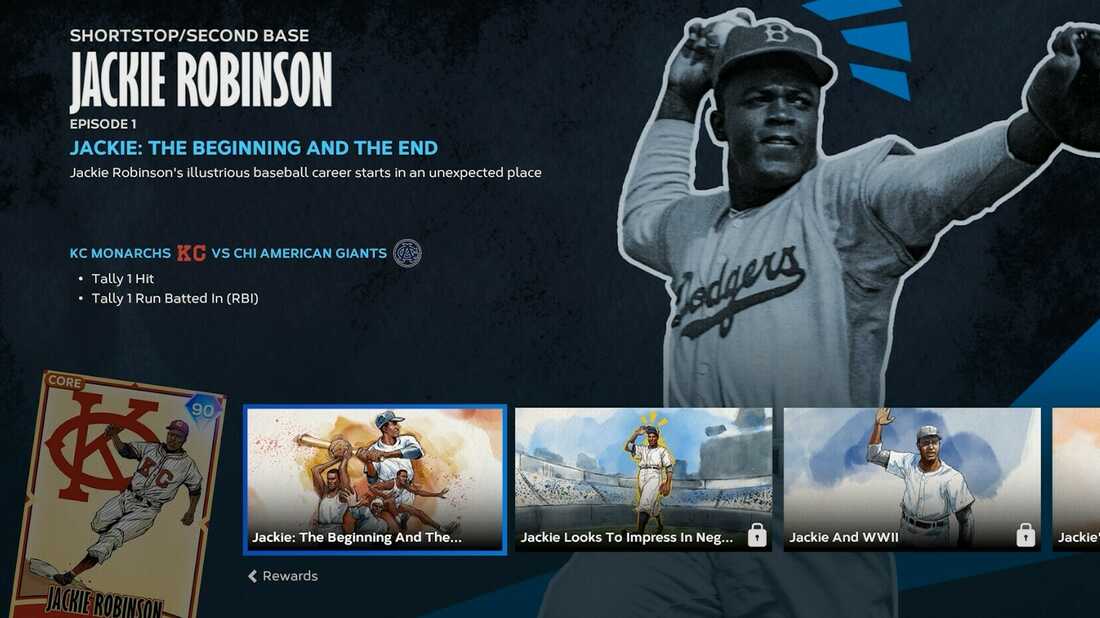
The gameplay alone is tremendous, as The Show’s pitching and hitting mechanics become further refined with each release. But the added context from Kendrick’s stories creates even greater stakes, as each challenge forces the player to get inside the mind of these legends of the Diamond. Trying (and failing) to get an extra base hit with Hilton Smith felt bigger to me than trying to do the same with a modern player, largely because of the historical significance of an all-time great pitcher proving his similar excellence as a hitter, predating the incredible Shohei Ohtani by nearly a century.
More importantly, though, this new Negro Leagues game mode presents a novel way of teaching history through gaming. The Assassin’s Creed series became famous for giving players access to famous historical figures, from Cleopatra all the way to Karl Marx, but these interactions mostly exist to provide layers of historical credence to an otherwise fantastical story. In MLB The Show 23, you can relive incredible moments in the history of a sport from a perspective that for way too long went largely ignored. The game takes a period of American history defined by segregation and goes to great lengths not just to inform you of the achievements of Black men of that era, but to celebrate these individuals as the all-time greats they were.
As Black history continues to be attacked in this country, it’s as important as ever that we find ways not just to preserve and teach the subject, but also to give proper recognition to the actual people who may not have received it. I doubt an annual sports video game will have much of an impact, but I’m glad The Show 23 tries in its own way to educate baseball fans on an era that deserves more attention. Moreover, I’m glad the game focuses on the Negro League players themselves, the incredible things they did on the field, and the big-time personalities that they were.
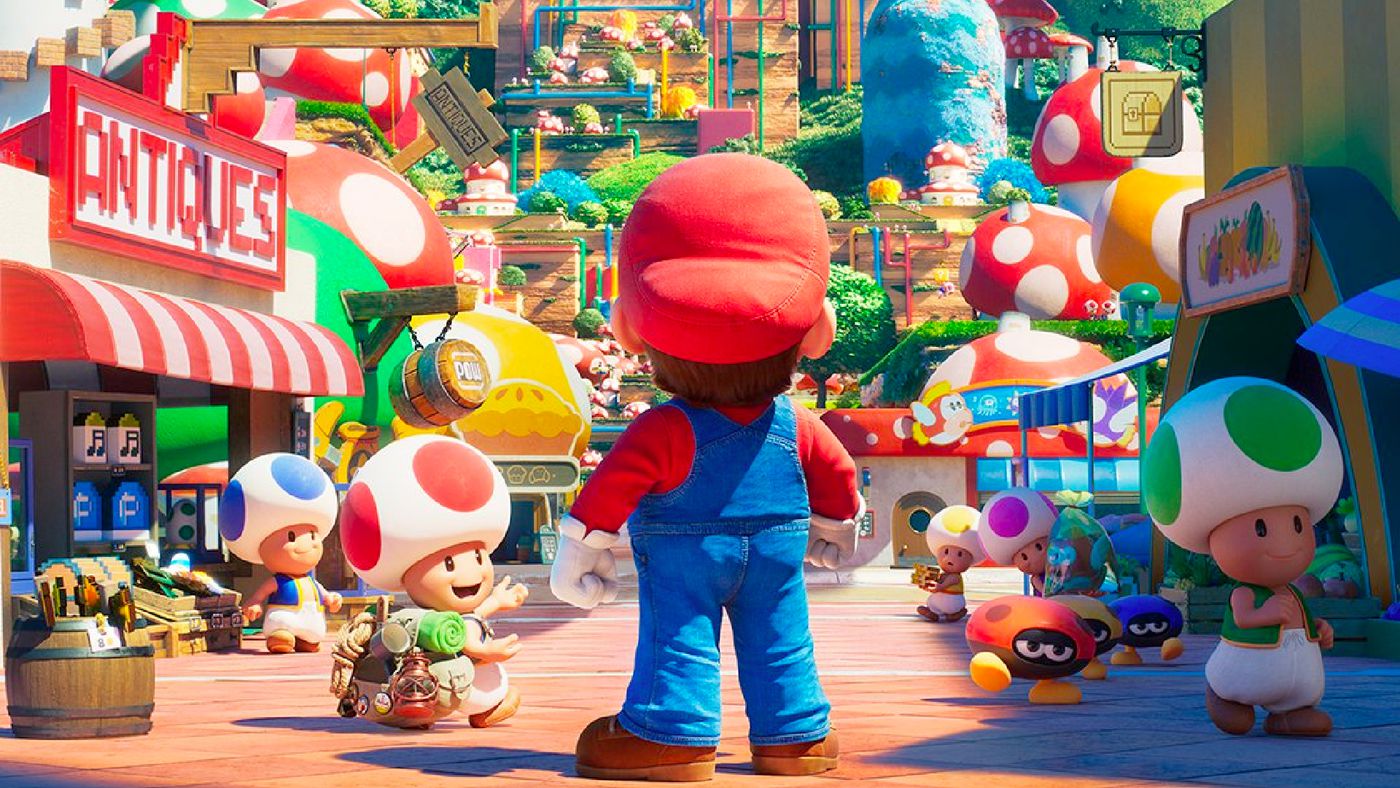
LIGHTNING ROUND!!!!!!!!!!!!!!!!!!!!!!!!!!!!
–The Super Mario Bros. Movie exceeded my expectations, with some incredible voice performances (Chris Pratt’s was cromulent), delightful visuals, funny gags, and mountains of Easter Eggs that I giggled at while my wife looked at me funny. It was a little shallow narratively, and I didn’t love how much non-Mario licensed music was in it, but it was a delightful romp that felt made for children and lifelong Nintendo dorks like myself.
-Unlike RE4make, Metroid Prime Remastered is a more classic remake which I enjoyed thoroughly, particularly for its approach to exploration, exuberant world design, and clever combat and gameplay mechanics. However, the issues I had with the original—such as the annoying map design and tedious Chozo artifact quest—remained in the remake.
-I succumbed to the movie hype and purchased New Super Mario Bros. U Deluxe, a Switch port of a Wii U game I didn’t even like much at the time. To be honest, I actually enjoyed it (and the lovely side-game New Super Luigi U) a lot better this time around than before, probably because NSMB fatigue has largely faded away.
-I recently purchased a number of Nintendo DS games, and here are some quick thoughts: Tetris DS might be the best version of Tetris ever made; Mario & Luigi: Bowser’s Inside Story has great gameplay mechanics and visuals but way too much dialogue and too many tutorial breaks; Meteos might be the most creative puzzle game of its era; and the original New Super Mario Bros.’ biggest problem is not its style or level design, but its lack of compelling post-game content.
-Does anyone else feel The Mandalorian fatigue? What started as one of my favorite streaming shows just a few years ago has become largely an afterthought for me, one that I have no urgency to watch at all. Hopefully Dave Filoni’s upcoming “Mandoverse” does better than this.
Sam has been playing video games since his earliest years and has been writing about them since 2016. He’s a big fan of Nintendo games and complaining about The Last of Us Part II. You either agree wholeheartedly with his opinions or despise them. There is no in between.
A lifelong New Yorker, Sam views gaming as far more than a silly little pastime, and hopes though critical analysis and in-depth reviews to better understand the medium's artistic merit.
Twitter: @sam_martinelli.


